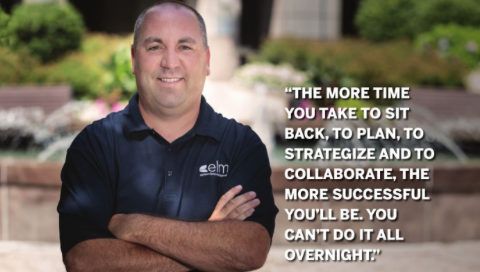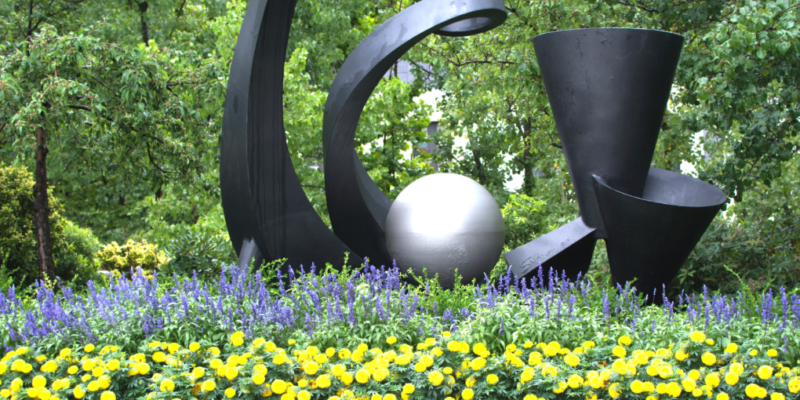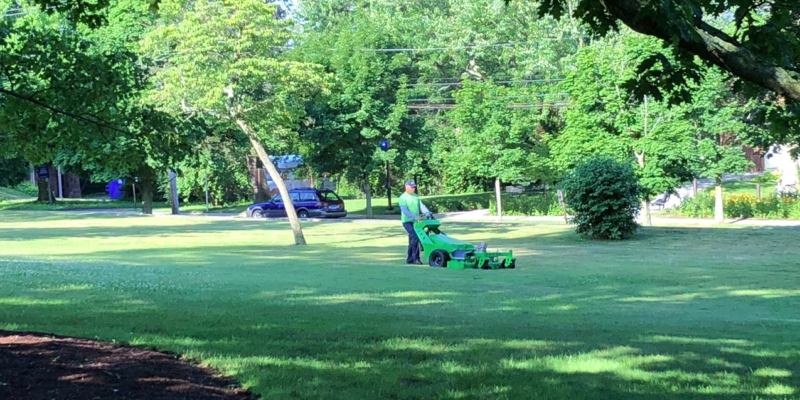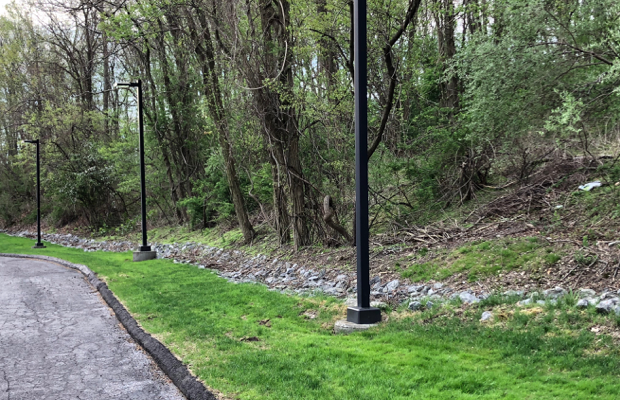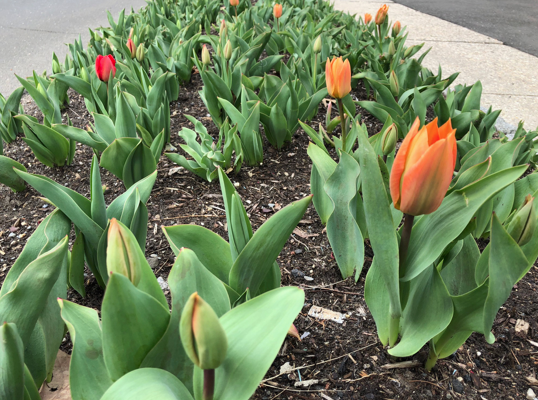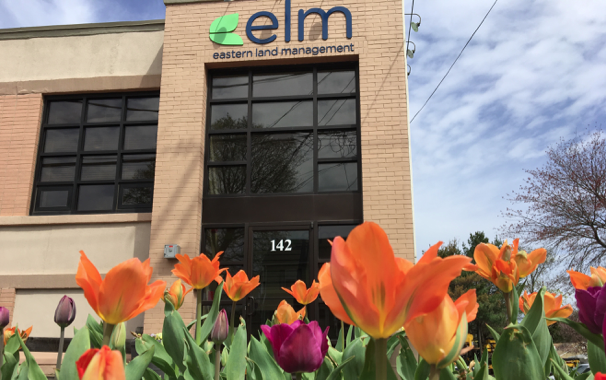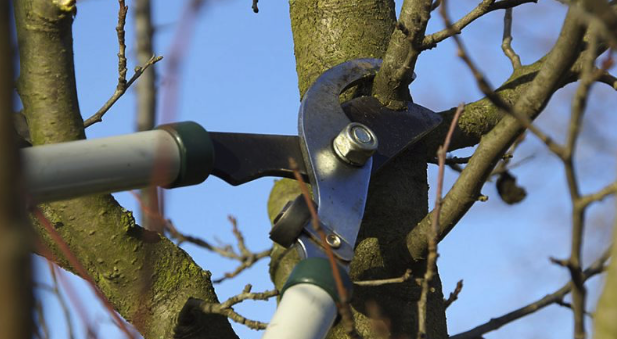Autonomous equipment is a game changer. Eco-friendly and reliable, robotic mowers are delivering impressive results. For property managers keen on reducing noise, robotic mowers are among a class of next gen options designed to provide a less disruptive landscape maintenance experience.
ELM is currently testing autonomous equipment and plans to use on unique, size-constrained areas, such as green roofs, or to simplify tough mowing jobs, such as clearing vegetation from sloped areas.
As part of ELM’s ‘future ready’ initiative, Husqvarna robotic mowers will become part of a fleet of smart commercial grade equipment that will help us offer new and existing clients increased efficiency, added safety, and the opportunity to deliver complex and less disruptive turf services in a new way.
Overall, autonomous vehicles are safer, produce fewer emissions than conventional mowing equipment, and offers specific benefits to property owners seeking environmentally-friendly options for green build or LEED credits.
ELM is applying green technologies to support our clients’ and our own sustainability goals and robotic mowers are an important next step in flexibility, scalability and improved services.
To learn more about how advanced technologies can make a difference in your landscape management services, contact Bruce Moore Jr. at 203-316-5433.


